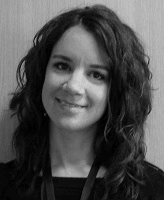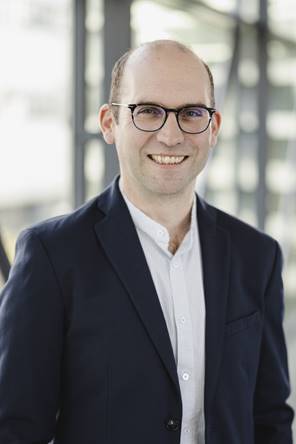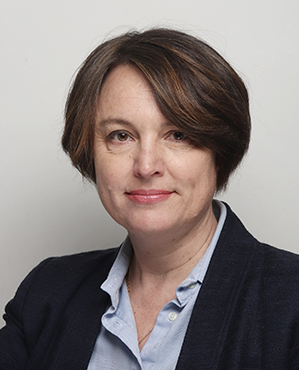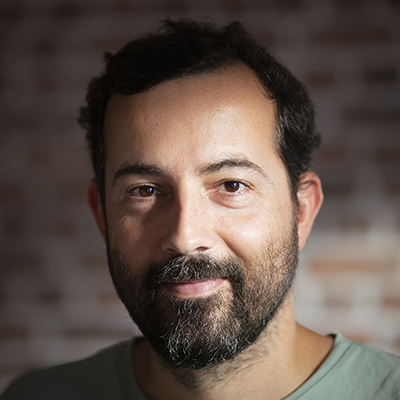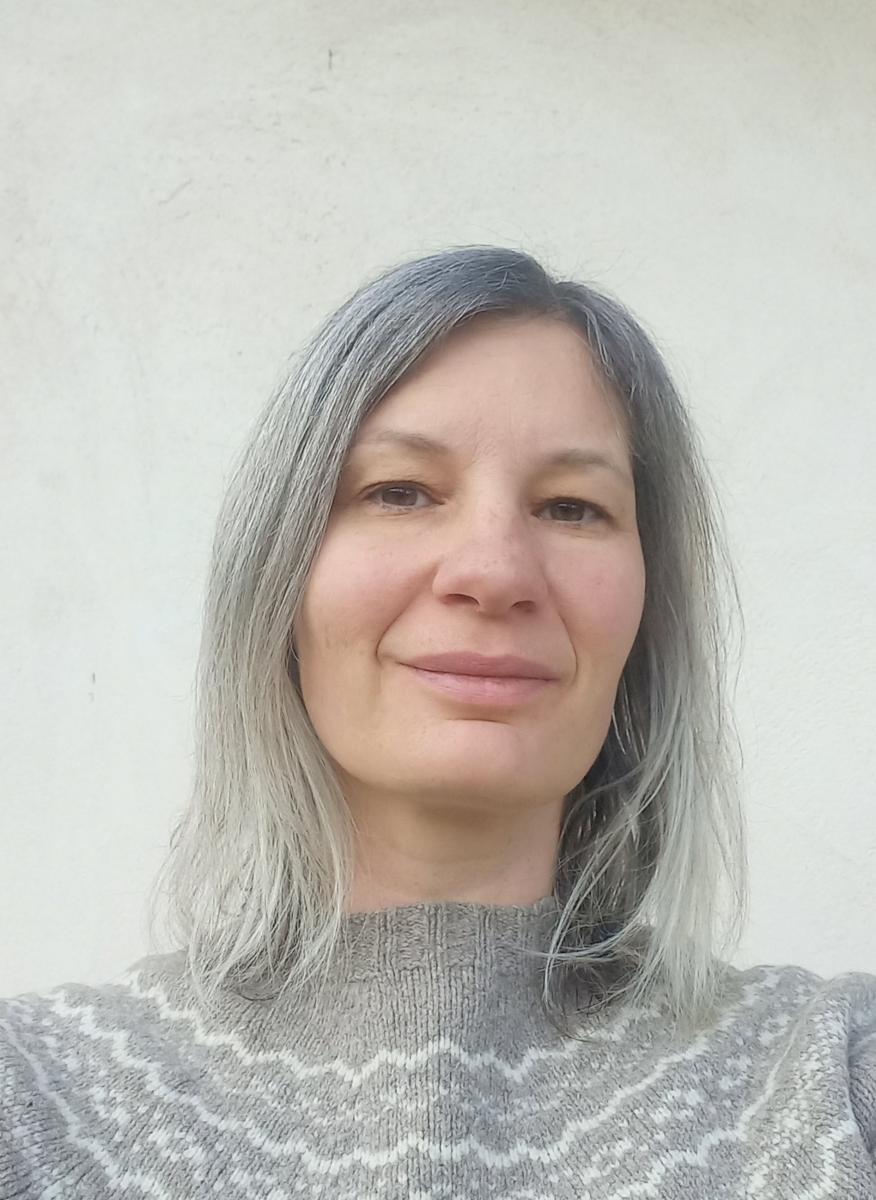Journées Plénières B2i - GRENOBLE 26-27 Mai 2025
Le GDR B2i organise ses journées plénières 2025 dans le joli cadre du centre ville de Grenoble
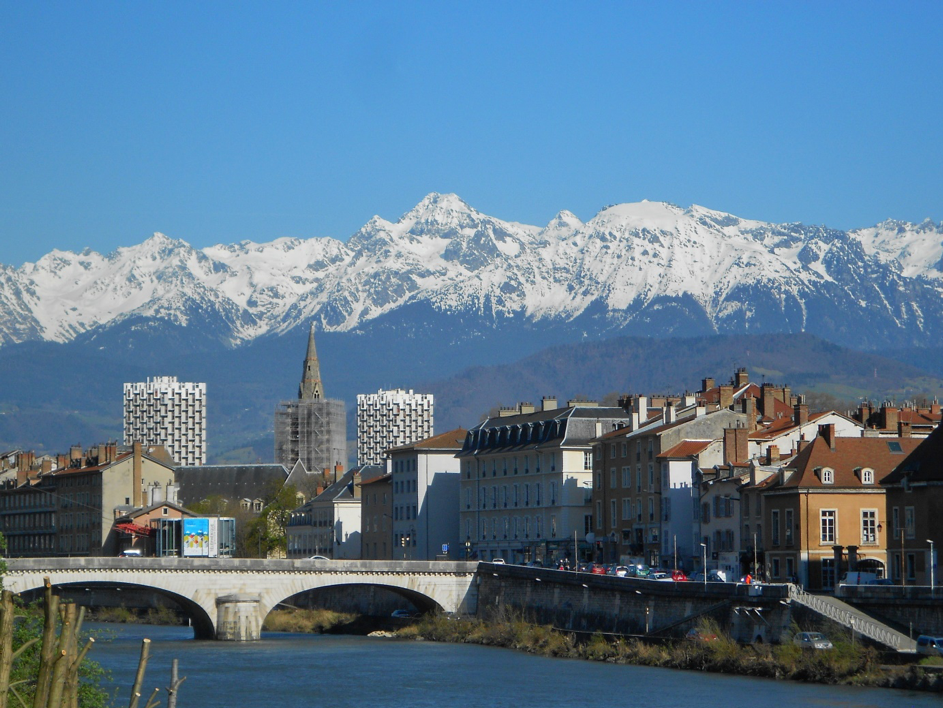
Nous serons accueillis à Grenoble par
Elisa MIGLIORINI
CNRS researcher
at BRM, EMR 5000 (CNRS /UGA/ INSERM/ CEA)
IRIG, Biosanté, CEA Grenoble
17, avenue des Martyrs (Bât C3)
38054 Grenoble Cedex 9, France
Guillaume NONGLATON
Senior scientist in surface chemistry
at CEA-Leti
17, avenue des Martyrs
38054 Grenoble Cedex 9, France
Cette année 2025 marquera la fin des 10 ans du GdR B2i.
Dans ce contexte ces dernieres journées plénières seront ouvertes gratuitement à tous les acteurs académiques.
Néanmoins, les inscriptions sont obligatoires via le site d'inscription : https://b2i-2025.sciencesconf.org/
Les conférences auront lieu dans l'enceinte de la Maison de la Création et de l'Innovation (MaCI).
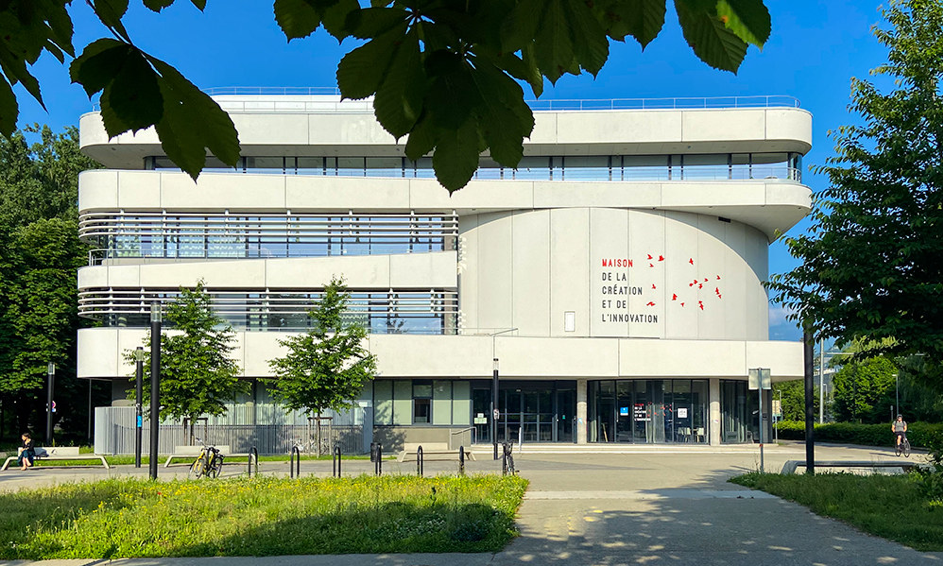
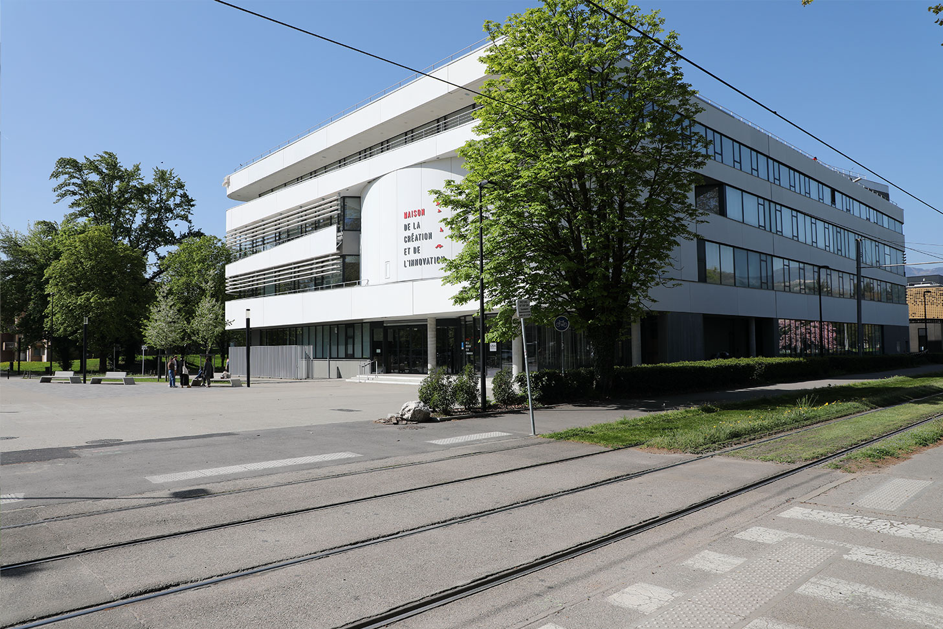
MaCI, 339 avenue Centrale, 38400 Saint-Martin-d'Hères
https://maci.univ-grenoble-alpes.fr/fr
Informations pour se rendre sur le lieu de la conférence
Venir en tram
L'arrêt de tram "Gabriel Fauré" se trouve à 50 mètres environ de la MaCI.
Le site est desservi par deux lignes de tramway :
Tram B : Ligne Grenoble Oxford / Gières Plaine des sports.
Tram C : Ligne Seyssins Le Prisme / Saint-Martin-d'Hères Condillac Universités.
Depuis la gare SNCF ou la Gare routière de Grenoble : prendre le Tram B, direction Gières Plaine des Sports - arrêt Gabriel Fauré.
Depuis la gare SNCF de Grenoble Université Gières (pour les personnes venant en train de Genève, Annecy et Chambéry) : prendre le Tram B, direction Grenoble Oxford - arrêt Gabriel Fauré.
Venir en voiture
En provenance de Lyon ou de Valence, suivre la direction Chambéry/Rocade Sud, et prendre la sortie n°2 "Gabriel Péri" (Ikea).
En provenance de Chambéry, suivre la direction Gières Domaine Universitaire, prendre la sortie n°1 "Domaine Universitaire / Gières Mayencin".
En provenance de Grenoble centre, prendre l'avenue Gabriel Péri de St Martin d'Hères, puis l'entrée du campus face au Géant Casino.
CONFÉRENCIERS INVITÉS
Laurence LEMELLE
DR CNRS
Laboratoire de Géologie de Lyon : Terre, Planètes, Environnement
UMR CNRS 5276 (Université Lyon1, ENS, UJM, CNRS)
Ecole Normale Supérieure de Lyon
46, Allée d’Italie, bâtiment M8
69000 Lyon
Passive limitation of surface contamination by perFluoroDecylTrichloroSilane coatings in the ISS during the MATISS experiments
Future long-duration human spaceflight must address biocontamination risks in surface habitats. Missions to low-Earth orbit, the Moon, and Mars face microbial threats affecting astronaut health and equipment. Microbes resist disinfection and pose risks due to astronaut immune changes. Filtration systems control airborne and waterborne pathogens, while surface microbes remain a concern. There is a need to decrease the dependency of crew action for surface cleaning, while being more efficient and reliable. The current strategy consists of manual surface disinfection, that is slow, labor-intensive, and uses chemicals that may release toxins. Microorganisms can develop resistance, and bio-contamination can accumulate in hard-to-reach surfaces.
In this context, anti-microbial surfaces that inhibit or reduce the ability of microorganisms to grow on the surfaces are of high interest. A proactive solution is selecting materials during new spacecraft design that limit microbial growth and spread. Matiss (Microbial Aerosol Tethering on Innovative Surfaces in the International Space Station) is a family of experiments that started in 2015, in the context of the first space mission of Thomas Pesquet, Proxima, to expose different coatings and to characterize the microbial contamination of these coatings. Several surface chemistries were tested during these experiments: first, hydrophobic functionalizations (perfluorinated, SiOC, and parylene); then, hydrophilic ones, including zwitterionic coatings and antimicrobial peptide-based treatments.
First Matiss’ experiments aimed to demonstrate that with FDTS coatings, surfaces with hydrophobic properties could be a possible answer applicable on the scale of spacecraft.1 The hydrophobic layers are indeed already implemented in numerous industrial fields (aeronautics, housing environment, textile, optometry, automobile, and medical). By reducing the contact area of the droplets of water with surfaces, the hydrophobicity allows for the repulsion of water droplets and floating condensates from the surface, and at the first order to limit the fraction of surface that is contaminated.
1 Lemelle L, Rouquette S, Mottin E, Le Tourneau D, Marcoux PR, Thévenot C, Maillet A, Nonglaton G, Place C. Passive limitation of surface contamination by perFluoroDecylTrichloroSilane coatings in the ISS during the MATISS experiments. NPJ Microgravity. 2022 Aug 4;8(1):31. doi: 10.1038/s41526-022-00218-3.
Laurent PIEUCHOT
CR CNRS,
Institut de Science des Matériaux de Mulhouse
UMR 7361 - CNRS/UHA
15, rue Jean Starcky -
68057 Mulhouse Cedex
Dynamic Curvature: Shaping Cells and Bioengineered Systems
In this talk, I will give an overview of our research and discuss examples that highlight the central role of curvature in our model systems. I will explore how individual adherent cells sense and migrate in response to static and dynamic variations in curvature, and how this influences their phenotype and collective migration. In addition, I will present recent research on biomimetic and bioengineered systems where curvature is essential. First, I will describe an original device we are developing for the treatment of irradiated colon tissue that unrolls upon water uptake and releases bioactive compounds. Then I will present our work on virus-derived spherical self-assemblies that can mimic extracellular matrix proteins and control cell behavior. Finally, I will present a case where a change in curvature within a micron-scale protein-based weapon, the R-body, induces a shape change that leads to the death of a unicellular organism. Finally, I will outline our future research goals and the potential applications of our findings.
Delphine DEBARRE
DR CNRS
Laboratoire Interdisciplinaire de Physique (LIPhy)
140, rue de la physique
38402 St Martin d'Hères Cedex, France
Controlling physico-chemical properties of solid/liquid interfaces to study bacterial surface colonization: elasticity, chemistry and topography
Bacteria are able to attach to and explore solid/liquid interfaces under a wide range of chemical and mechanical conditions. Starting from individual bacteria that move and divide on a surface, microcolonies with time evolve into biofilms exhibiting increased resistance to antibiotics and mechanical removal, a major issue for human health.
In this talk, I will give an overview of recent projects in our group illustrating how physico-chemical properties of the solid interface influence the efficiency of surface colonization and the structure of the early forming biofilms in P. aeruginosa, an opportunistic pathogen causing nosocomial infections. These properties include surface chemistry, roughness of the surface, or 2D mobility. A critical aspect of such studies is to precisely control both the surface properties and the flow to which bacteria are submitted and I will describe methods to include well-defined surfaces into flow control devices.
Finally, I will illustrate the insight that can be gained in the understanding of surface colonization on the case of surface rigidity, which is shown to strongly affect surface exploration, early biofilms morphology, and the structure of multi-species biofilm.
Aurélie GAUCHET
Professeure en psychologie de la santé
Laboratoire Inter-universitaire de Psychologie
Personnalité, Cognition, Changement Social (LIP/PC2S)
Unviersité Savoie Mont Blanc
38040 GRENOBLE Cedex 9
Comment mieux gérer son stress grâce au CBSM.
Cette conférence présentera les dix séances d’une technique de gestion du stress (CBSM), traitant chacune d’un thème particulier (conséquences du stress, lien entre stress et maladie, lien entre pensées et émotions, comment modifier ses pensées, stratégies efficaces d’adaptation, affirmation de soi, gestion de la colère, développement d’un réseau social, relaxation). Globalement, ce programme standardisé vise à augmenter la connaissance de soi via un apport d’informations sur le stress, son impact sur la maladie, les réactions psychologiques qu’il peut susciter et les différentes stratégies d’adaptation qui peuvent être déployées pour gérer les situations qui le génèrent.
Cette conférence permettra aux personnes concernées par l’impact que le stress a sur leur vie et sur leur santé, d’apprendre à gérer leur stress plus efficacement.
PROGRAMME PRÉVISIONNEL
Les journées commenceront le lundi 26 mai à 8H30 et se termineront le mardi 27 mai vers 13h30.
Retrouvez le programme prévisionnel ICI
SOIRÉE de GALA - LUNDI 26 MAI à 19h30
La soirée de gala offerte par le GdR aura lieu au CIEL ROOFTOP sur la Bastille de Grenoble.
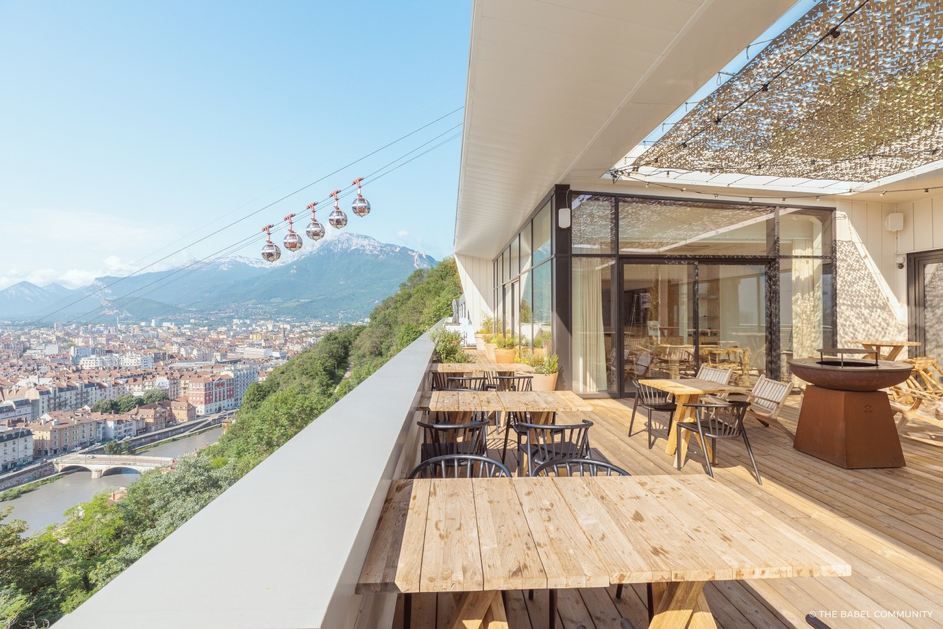
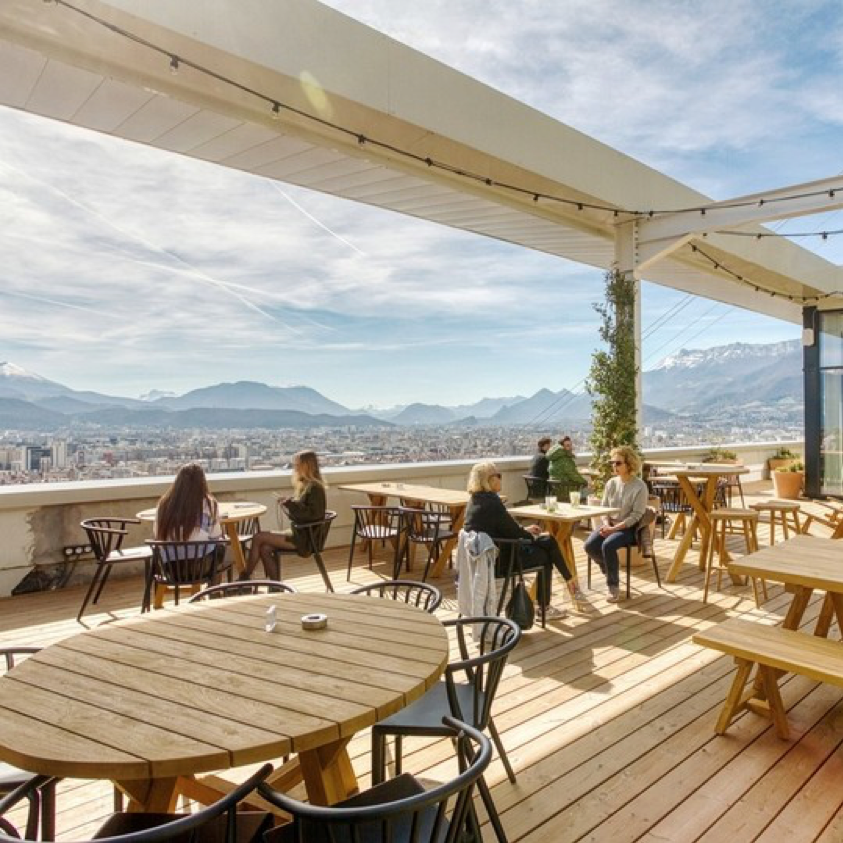
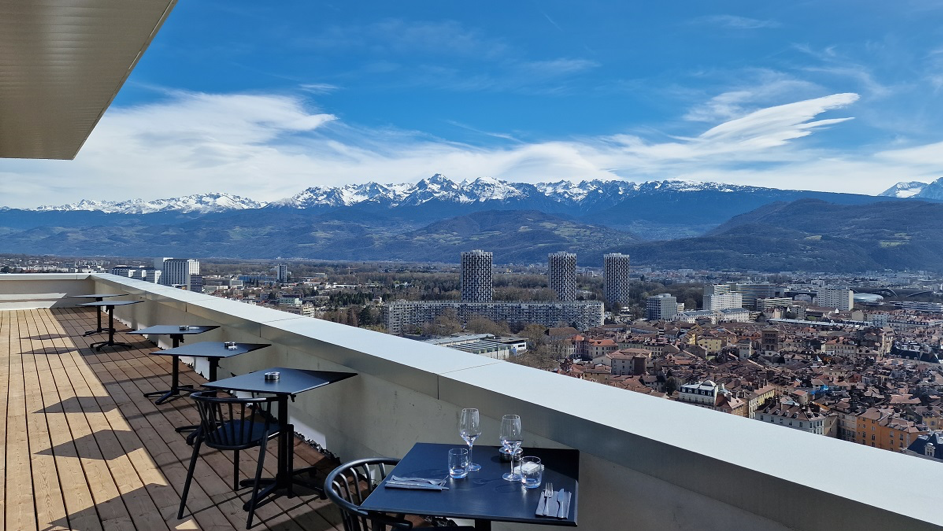

adresse du Ciel Rooftop : 15 rue Maurice Gignoux, 38000 GRENOBLE
Itinéraire entre le lieu de la conférence et le lieu de la soirée de gala
https://maps.app.goo.gl/ikCdc9nDiXWXPHqf9
Pour se rendre à la soirée de Gala à la Bastille, plusieurs options sont possibles :
- emprunter le téléphérique depuis le centre ville
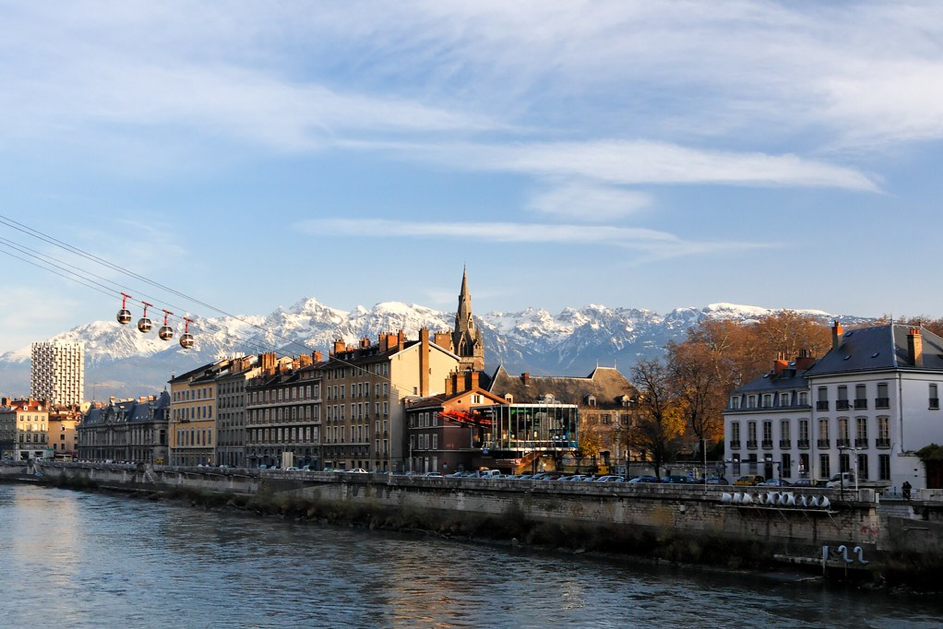

- emprunter les chemins de randonnée
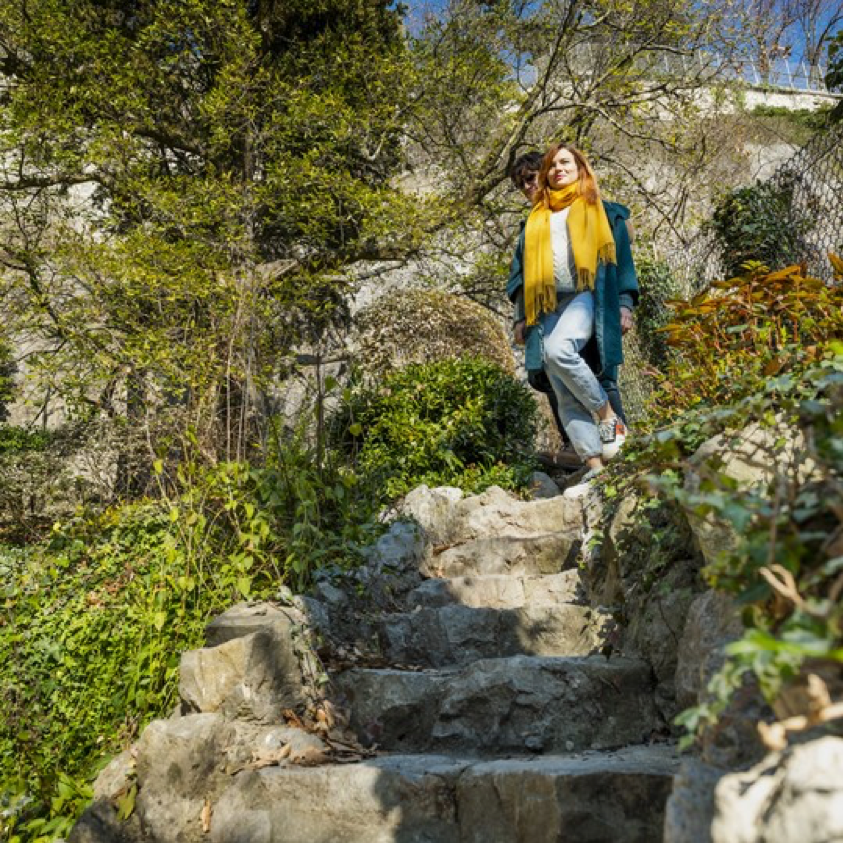
https://www.grenoble-tourisme.com/fr/blog/la-bastille/
- pour les plus sportifs d'entre vous, une montée en mode TRAIL sera également organisée
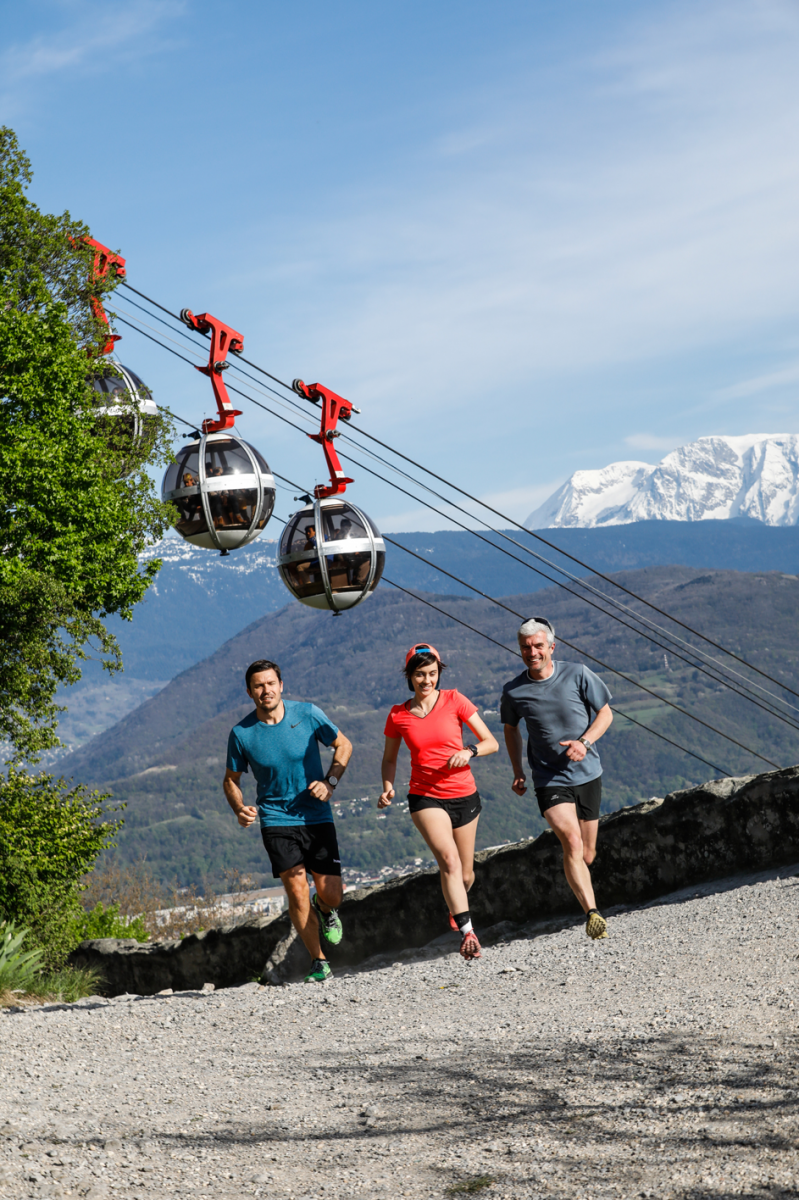
détails du parcours, possibilités de douches, vestiaires ...
pour toute question ...
pour s'inscrire à "l'atelier TRAIL B2i"
contacter Elisa MIGLIORINI @ Elisa.MIGLIORINI@cea.fr
Hébergements
De multiples hôtels sont disponibles dans le centre ville de Grenoble ou directement à coté du rooftop.
https://www.thebabelcommunity.com/grenoble/
10% de réduction avec le code : CNRSBABEL
N.B. Les réservations et paiements des hotels sont à la charge des participants.
SPONSORS
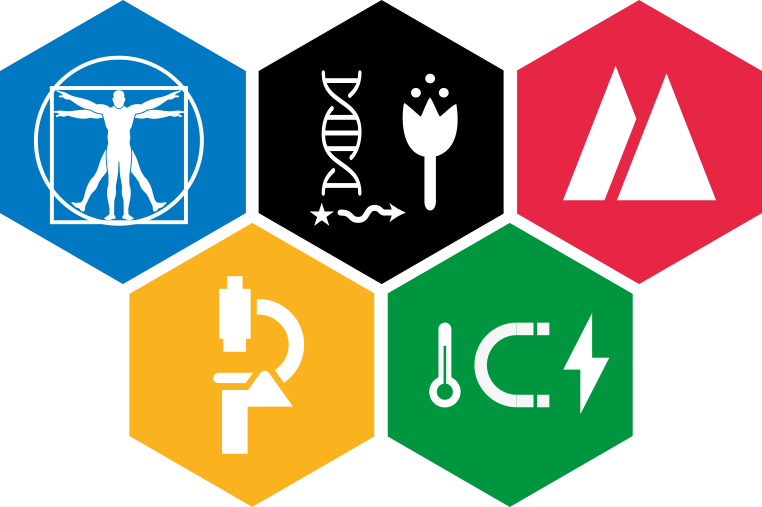

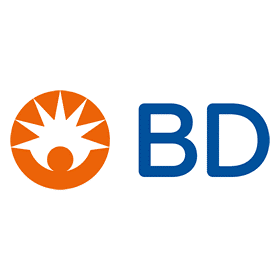
Comité d'organisation
Elisa MIGLIORINI
Guillaume NONGLATON
Vincent HUMBLOT
Yoann ROUPIOZ
Luc VELLUTINI
Comité scientifique
Florence BALLY LE GALL
Wilfrid BOIREAU
Souhir BOUJDAI
Fouzia BOULMEDAIS
Yann CHEVOLOT
Etienne DAGUE
Karine GLINEL
Brigitte GROSGOGEAT
Vincent HUMBLOT
Elisa MIGLIORINI
Guillaume NONGLATON
Lydie PLOUX
Yoann ROUPIOZ
Luc VELLUTINI

